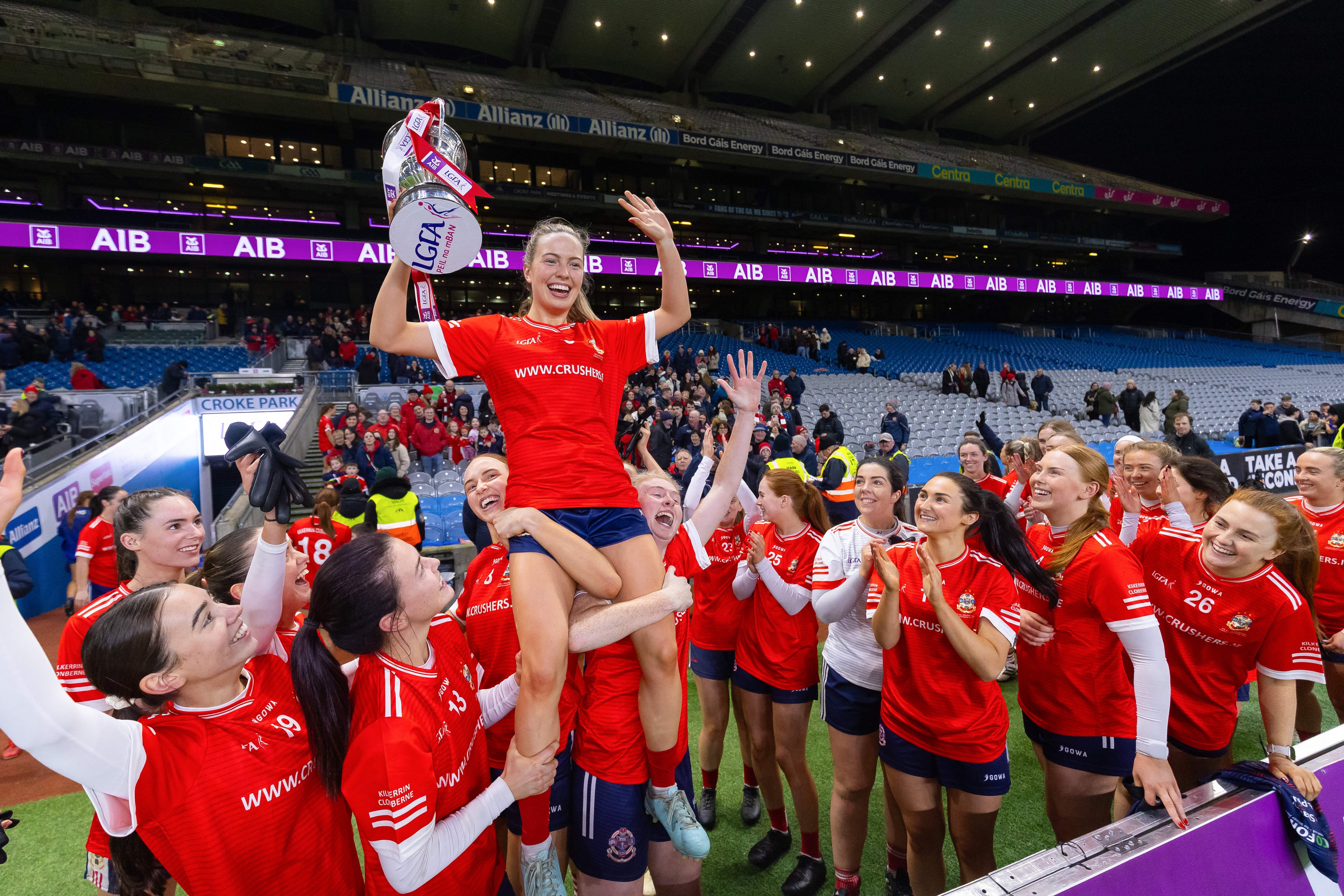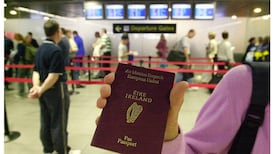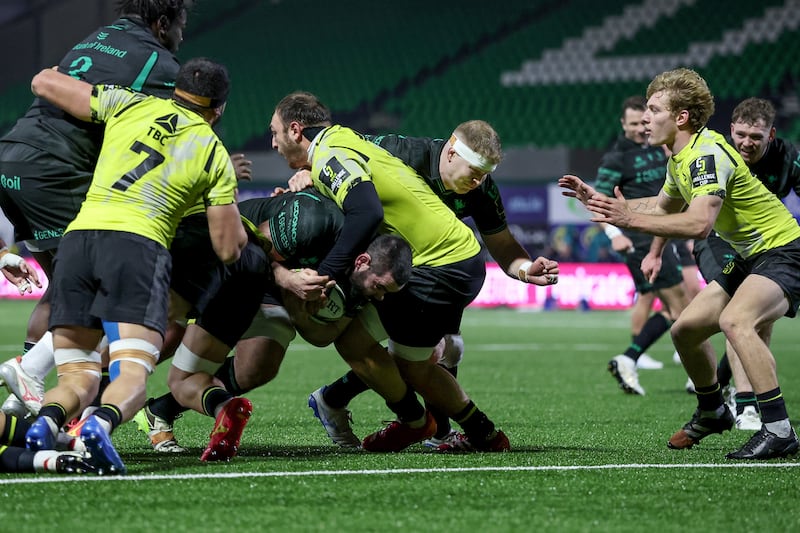After the 2018 All-Ireland final, camogie had reached a crisis point and a tipping point. For the second year in a row the two outstanding teams in the championship had produced an insufferable spectacle, polluted with fouls and frees and flooded defences.
Until then, only two finals in history had failed to produce a goal but Cork and Kilkenny had managed it in successive years. It wouldn’t have come as a surprise to either of them because that was how they had set up: any other outcome would have been a systems failure. Cork and Kilkenny had goaded each other into a siege mentality.
The referee, though, shouldered a disproportionate share of the blame. Thirty-six frees had been awarded. Only 27 points were scored and just nine had come from play. For scrupulously applying the rules, Eamon Cassidy was vilified.
“I met John Power from Callan after it [the former Kilkenny hurler] and he said he was never going to another camogie match,” says Ann Downey, who managed Kilkenny in those finals and won 12 All-Irelands in a Hall of Fame career.
RM Block
“He said he couldn’t stick it. There were an awful lot of people not happy with the whole stop-start nature of it. The rules had to change – particularly after that game.”
[ From the archive: Glory days of blazing camogie finals well and truly overOpens in new window ]
Camogie’s past and whatever camogie’s future might look like had reached an impasse. The game had evolved beyond the competence of its rule book. Strength and conditioning programmes had become the norm for all serious teams and yet camogie’s rules were hostile to physical contact. It was wedded to the charade that physical contact could be filtered in some way or diluted.
“The camogie rules had never made any sense, in any era, in any context,” says Eimear Ryan, award-winning author of The Grass Ceiling and former Tipperary player. “You’re trying to put shackles on a game that is by nature physical and free-flowing. I think it was just this well-intentioned, but kind of patronising, idea in the first place to come up with compromise camogie rules. I’m so glad in this more progressive age that they’ve essentially just made it the same as hurling.”
[ Eimear Ryan: ‘I thought that there was some trick to writing a novel’Opens in new window ]
Camogie has a reputation for being conservative and institutionally opposed to change. In the flare-up over the introduction of shorts earlier this year, the association’s leadership, at all levels, was excoriated for being out of touch with its players. In that case, they eventually bowed to irresistible pressure.

But of the four principal games in the Gaelic games family none has changed more profoundly than camogie since the turn of the century. Men’s football has just emerged from open-heart surgery, women’s football probably needs to see a consultant, hurling has undergone a series of strategic upheavals, but camogie has turned somersaults.
Some of that change was open-eyed and deliberate, some of it was environmental. When camogie made the life-changing decision to switch to 15-a-side in 1999 the game was exposed to new horizons and different thinking. It wasn’t a blank page, but there were just a few scribbles.
“When camogie was 12-a-side, if you had three or four good players they could dominate the game, but with 15-a-side, a team had to be more balanced,” says Kate Kelly, who won four All-Irelands and nine All Stars in a Wexford career that spanned 20 years.

“It hugely improved the game. It’s enhanced it in every way – tactically, and even from a perception point of view. You know, it was a full-sized pitch, you weren’t using two small goals, that, realistically, only under-12s were using. It’s hard to fathom now that we played 12-a-side.”
What it added to the game immediately was a greater premium on athleticism. Once camogie embraced that new imperative the ceiling kept rising. How fast? How strong?
“When we were playing,” says Downey, “a lot of the players just went out and trained. Angela [Ann’s sister] and myself did a good bit in the gym all right, but I couldn’t say there were another two or three on the Kilkenny panel that were doing the same. Now they’re all in the gym.”
Different strands coalesced. When the game was 12-a-side, the ball moved more freely, and often on the ground. But on a bigger pitch, and with fitter players, carrying the ball gained more currency. The game had a different beat: it had made the evolutionary jump from Ska to Mod.
“I don’t know whether I should say it got more professional or it got more serious,” says Kelly, “but in terms of culture, players became more conscious of all the elements that improved their game.”

When camogie went 15-a-side, it also reduced the tariff on imports from hurling. Ideas were traded through a frictionless border. “The game became a lot more tactical,” says Ryan. “Everything that has happened in hurling over the last 20 years has just seamlessly transitioned over to camogie because camogie teams are generally coached by recently retired hurlers.”
Historically, camogie had resisted being categorised as a female version of hurling. It had a distinctive culture and identity and didn’t need to be cross-referenced with its sibling.
For a long time, it was much easier to hold that line. On the Camogie Association website about 10 years ago they listed all the differences between both games; the counting stopped at 41. Some of the differences were administrative or technical, but some of them were fundamental to how the games were played.
The All-Ireland semi-finals in Nowlan Park last month were perfect illustrations of the modern game: accomplished and tactical and exceptionally physical
“The impression I would have is that most players conflate camogie and hurling as the same thing,” says Ryan. “They don’t see camogie as a distinct, separate sport.
“You go on a kind of a journey as a player. I remember as a kid being almost, like, offended by the rules. You could catch it three times in possession in camogie – that was another rule difference – and you could drop the hurley. I thought these were awful rules and I refused to use them as a young player.

“And then in my 20s, when I was playing in the inside forward line, I actually realised it was very handy to drop the hurl and handpass a goal and I did that a lot.”
Handpassing a goal is no longer allowed in camogie. Neither is catching the ball three times or dropping the hurley.
What emerged from the rubble of the 2017 and 2018 All-Ireland finals was an appetite for rule change. The players were up in arms about how contact was governed. The impetus for reform came from them. The Camogie Association rowed with the tide.
At the beginning of 2019 the Women’s Gaelic Players’ Association assembled a group of its members to assess what needed to be addressed and later that year the Camogie Association staged a “feedback forum” in Croke Park.
After that, a Rules Revision Work Group was established under the leadership of the former GAA president Liam O’Neill. As part of their due diligence they reached out to camogie’s general membership with a survey that generated 1,500 responses. The ultimate outcome was a suite of experimental rules that were rolled out for the 2020 season and voted into the rule book in the spring of the following year.
Some of them – like outlawing the hand-passed goal and no longer allowing three players to face a penalty – aligned camogie with changes that had already been made in hurling.
But there were innovations too. A free awarded inside the defensive 45 can now be taken from the hand by the player who has been fouled – even though it is not often seen in practice. When a ball goes wide there is also provision in the rules for a quick puck-out, something that, in hurling, is still at the referee’s discretion.

Camogie, though, still balked at a full-on shoulder charge. Instead, it came up with a fudge: a side-on tackle, “with minimal force once [the player] is making a reasonable effort to gain possession. Contact must not be made in an aggressive or cynical manner”.
In reality, though, this gave referees more latitude to tolerate harder tackling and it gave players more licence. In a see-saw graph, free counts dropped as contests for the ball became more intense. There are still some squeamish referees on the circuit, or those who are more committed to old customs and practices. But matches between elite teams are no longer strangled by a referee’s whistle.
The All-Ireland semi-finals in Nowlan Park last month were perfect illustrations of the modern game: accomplished and tactical and exceptionally physical.
“The rule changes have been huge and so refreshing to see,” says Ryan. “The girls nowadays are so strong – you can see it in them. They’re S&Ced to within an inch of their lives. It’s so brilliant to see them hopping off each other.”
How much has the game changed? When Downey started playing for Kilkenny in the 1970s, there were two crossbars in camogie – one conventional crossbar and another at the top of the uprights. To score a point, the ball had to pass between both crossbars. The second crossbar survived until 1979.
Just 20 years later they moved the goalposts again. And you thought camogie had no mind for change.
























